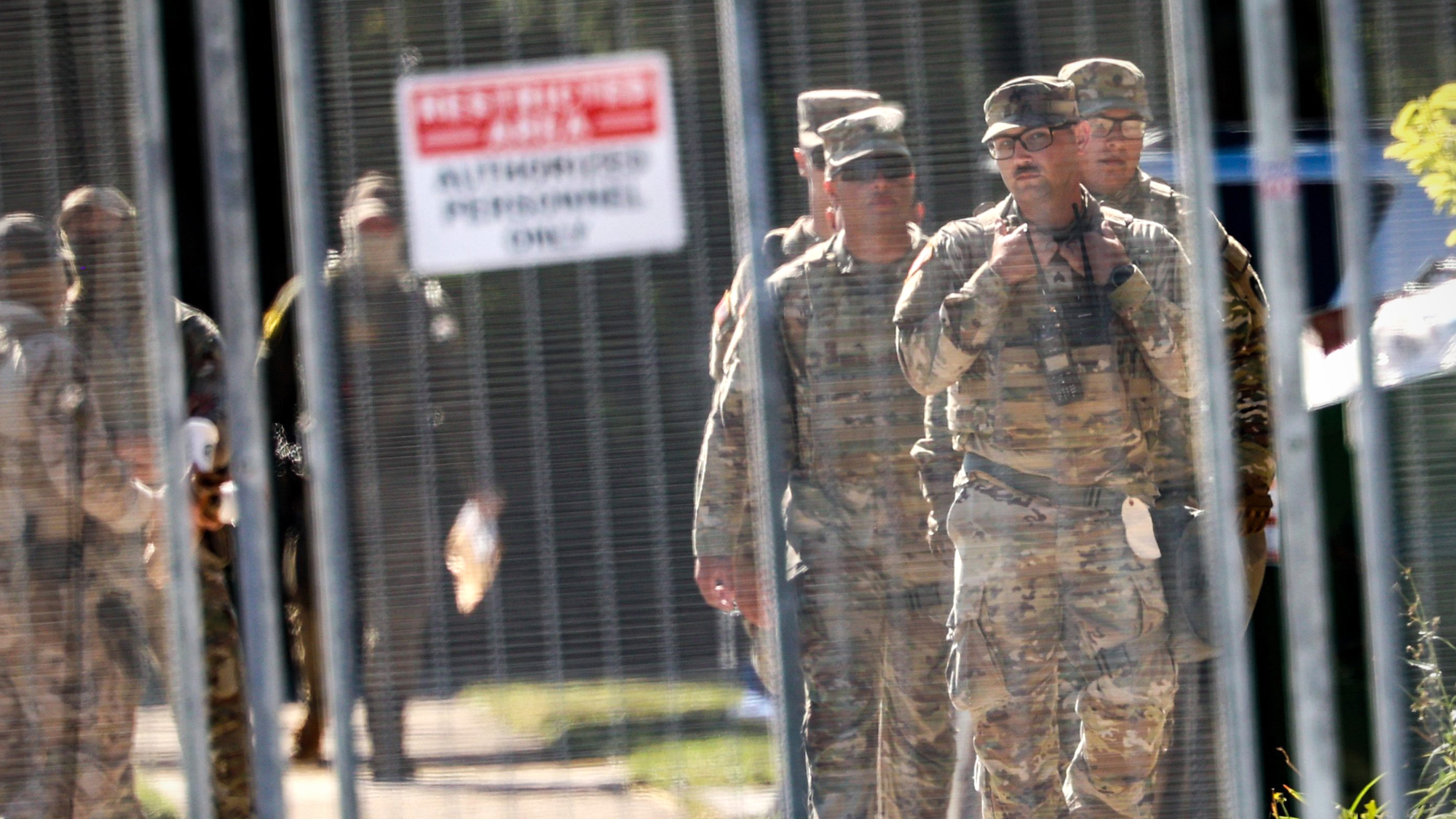2022's extreme weather
Another record-breaking year on planet Earth

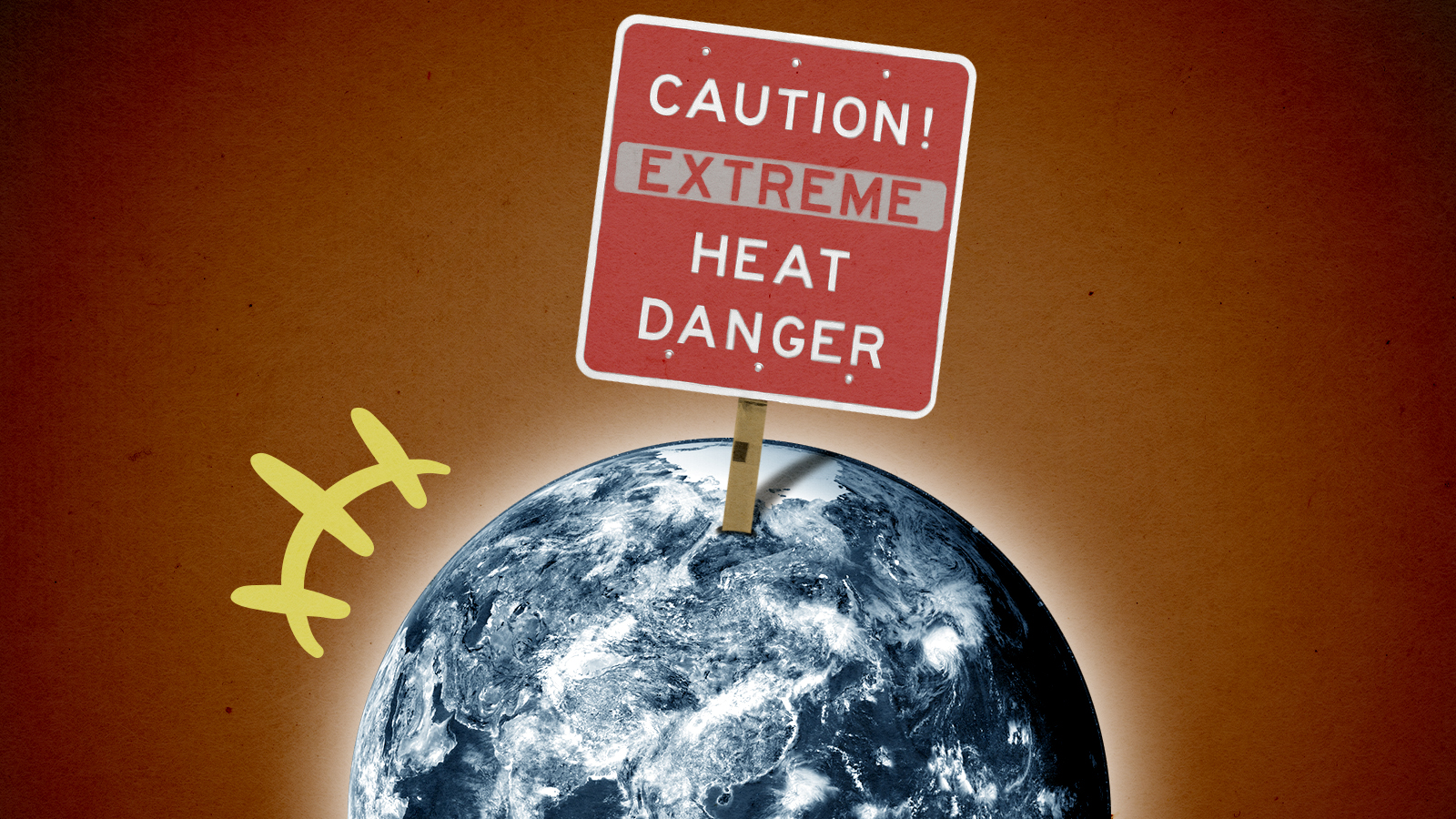
With excessive heat warnings in effect across the United States this week, Americans are trying to find ways to cool off. One resource available is the Biden administration's new website, HEAT.gov, which aims to provide the public "clear, timely, and science-based information to understand and reduce the health risks of extreme heat." Here's everything you need to know:
What parts of the U.S. are experiencing heat waves?
The Pacific Northwest, Southern Plains, and Lower Mississippi Valley are all seeing higher-than-normal temperatures this week. On Tuesday, it reached 102 degrees Fahrenheit in Portland and 94 degrees in Seattle — both new daily records. The Pacific Northwest's heat wave is expected to last a week, and to have that many days in a row with temperatures "above 90 degrees is very, very rare" for the region, Vivek Shandas, professor of climate adaptation at Portland State University, told The Associated Press.
What's causing these heat waves?
There is a "heat dome" lingering in the Pacific Ocean west of British Columbia, which is trapping heat in the Pacific Northwest. A heat dome is a ridge of high pressure primarily caused by a "strong change in ocean temperatures from west to east in the tropical Pacific Ocean during the preceding winter," Reuters says.
The Week
Escape your echo chamber. Get the facts behind the news, plus analysis from multiple perspectives.

Sign up for The Week's Free Newsletters
From our morning news briefing to a weekly Good News Newsletter, get the best of The Week delivered directly to your inbox.
From our morning news briefing to a weekly Good News Newsletter, get the best of The Week delivered directly to your inbox.
Jennifer Francis, senior scientist at the Woodwell Climate Research Center, told Reuters that human-influenced climate change is altering wind patterns and weather systems "in ways that make these heat waves, like we're seeing right now, more intense, more persistent, and cover areas that just aren't used to having heat waves." Last week, President Biden reiterated that climate change is a "clear and present danger to the United States," and his administration launched a new website this week, HEAT.gov, to share information on planning and preparing for heat waves.
What else can I find on HEAT.gov?
HEAT.gov is the portal for the National Integrated Heat Health Information System, and states that it "seeks to improve federal, state, and local information and capacity to reduce the health, economic, and infrastructural impacts of extreme heat." There are dozens of informational articles on the site, including tips on how to stay safe before, during, and after a heat wave; links to webinars on heat and health issues; and tools that can help users track extreme heat events and identify communities most at risk for natural hazards.
How can people stay cool in the heat?
Drink plenty of water so you're hydrated — don't wait until you're thirsty — and if you have air conditioning in your home, turn it on and plan on staying inside as long as you can. To keep the heat out of your house, put dark sheets or blankets over the windows. If the A/C is on and you're still hot, put a cool cloth on your forehead or take a cold shower. If you don't have air conditioning, see if your city has a cooling center you can go to. In some areas, libraries and community centers are also staying open longer so people can cool off inside. It's best to avoid all strenuous outdoor activities during a heat wave, especially in the mid-afternoon when it's typically the hottest time of day; if you must go for a walk, take it early in the morning or in the late evening, and try to stick to a shaded area.
Make a note to also check in with your elderly relatives and friends to see how they are doing in the heat, and don't forget about your pets — make sure they always have access to fresh water, don't let them walk on hot pavement, and never leave them locked inside a vehicle.
A free daily email with the biggest news stories of the day – and the best features from TheWeek.com
What are some signs and symptoms of heat-related illness?
Signs of heat stroke — the most serious heat-related illness, which can lead to death — include a high body temperature of 103 degrees Fahrenheit or higher; hot, red, dry, or damp skin; nausea; confusion; headache; a fast, strong pulse; and dizziness. If you suspect someone has heat stroke, immediately call 911 and move the person to a cooler spot. You should place cool cloths on them in an attempt to lower their temperature, but do not give them anything to drink, the Centers for Disease Control and Prevention says.
The signs of heat exhaustion include cold, pale, and clammy skin; heavy sweating; a fast, weak pulse; muscle cramps; dizziness; headache; tiredness; and nausea or vomiting. In this case, move the person to a cool area, have them sip water, loosen their clothing, and either place cool cloths on their body or have them take a cool bath. If the person starts to throw up or their symptoms get worse or last longer than one hour, seek medical treatment.
Catherine Garcia has worked as a senior writer at The Week since 2014. Her writing and reporting have appeared in Entertainment Weekly, The New York Times, Wirecutter, NBC News and "The Book of Jezebel," among others. She's a graduate of the University of Redlands and the Columbia University Graduate School of Journalism.
-
 Crest falling: Mount Rainier and 4 other mountains are losing height
Crest falling: Mount Rainier and 4 other mountains are losing heightUnder the radar Its peak elevation is approximately 20 feet lower than it once was
-
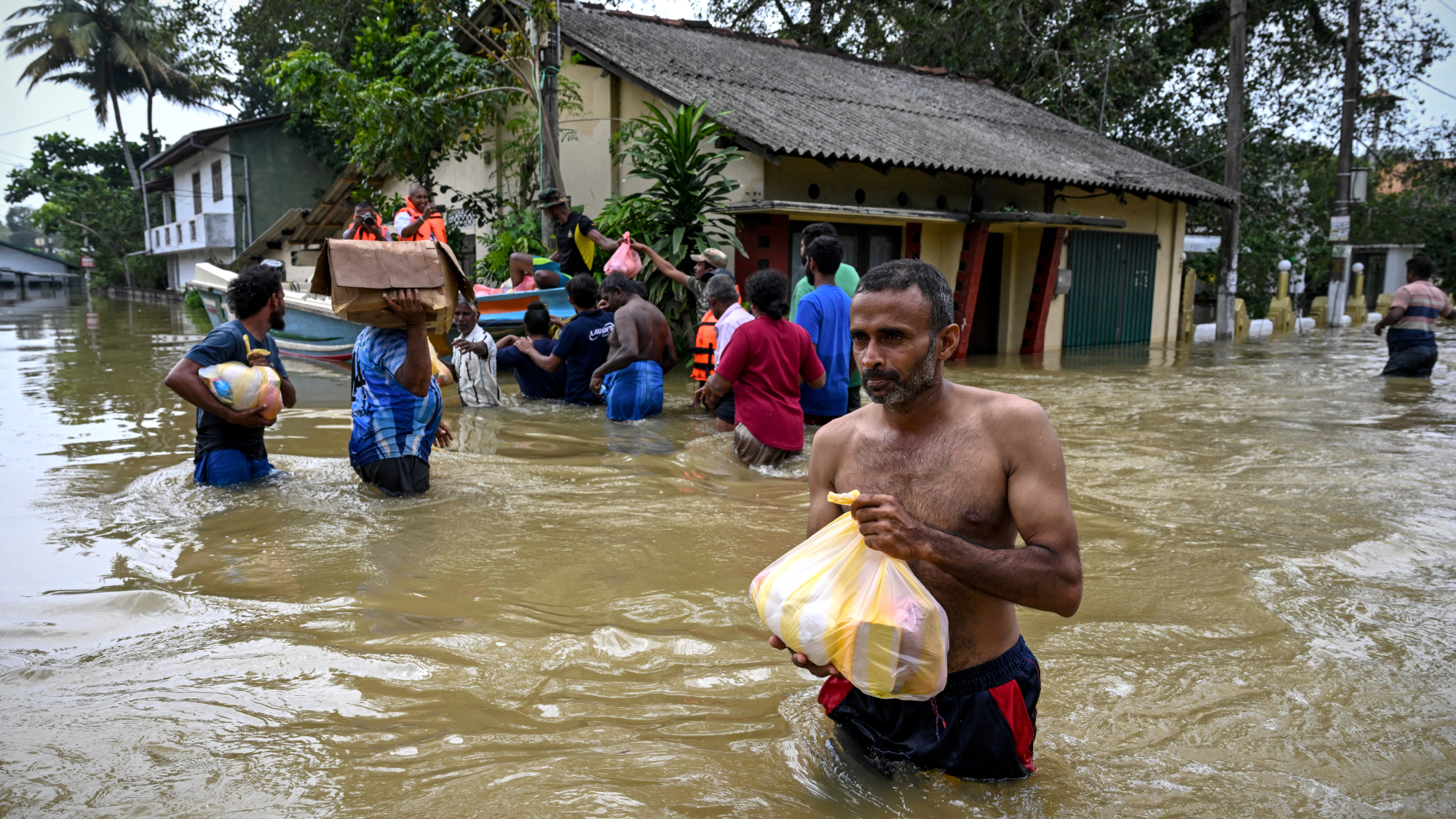 Death toll from Southeast Asia storms tops 1,000
Death toll from Southeast Asia storms tops 1,000speed read Catastrophic floods and landslides have struck Sri Lanka, Indonesia, Thailand and Malaysia
-
 Can for-profit geoengineering put a pause on climate change?
Can for-profit geoengineering put a pause on climate change?In the Spotlight Stardust Solutions wants to dim the sun. Scientists are worried.
-
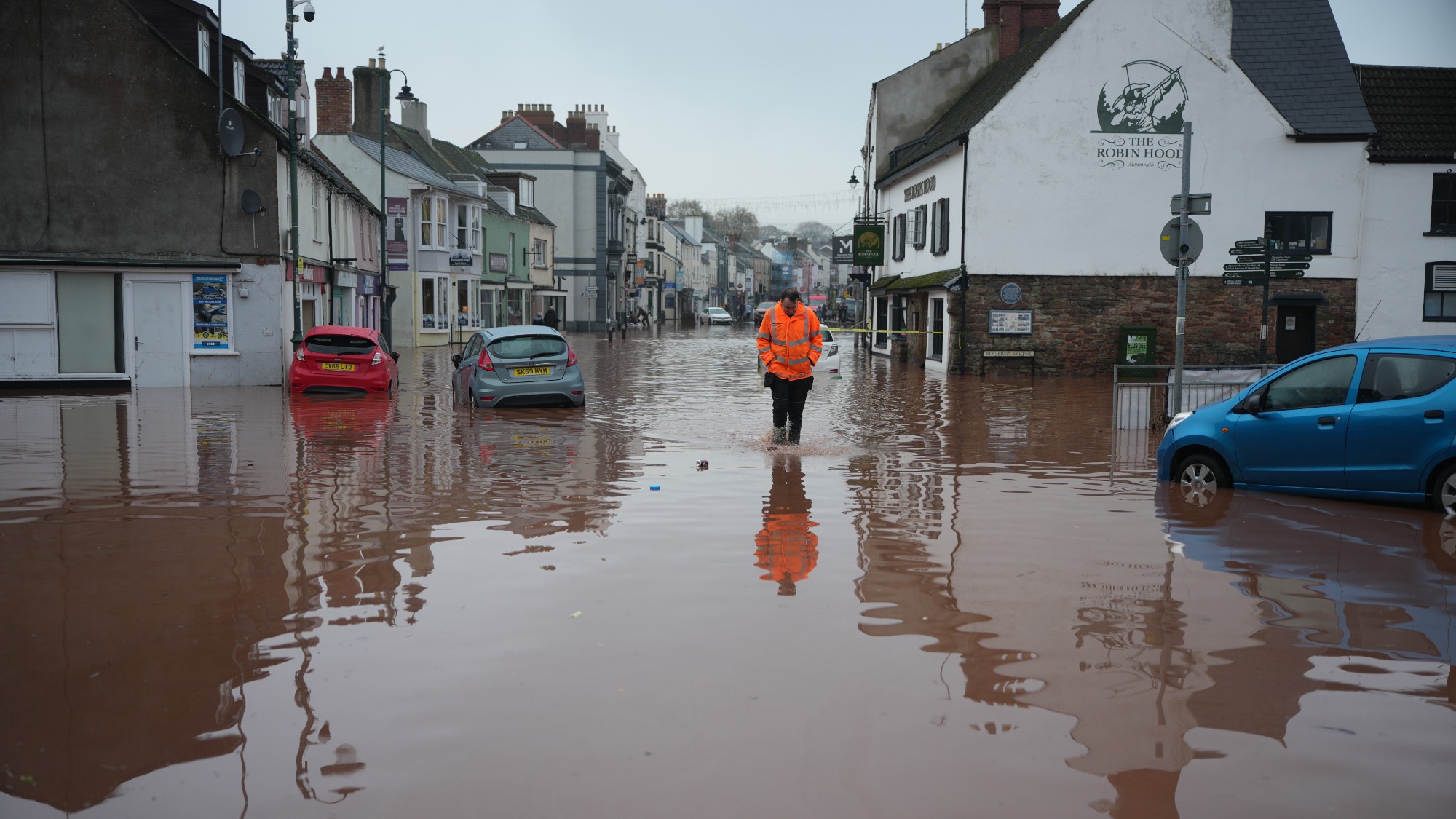 How will climate change affect the UK?
How will climate change affect the UK?The Explainer Met Office projections show the UK getting substantially warmer and wetter – with more extreme weather events
-
 Can the UK do more on climate change?
Can the UK do more on climate change?Today's Big Question Labour has shown leadership in the face of fraying international consensus, but must show the public their green mission is ‘a net benefit, not a net cost’
-
 Did Cop30 fulfil its promise to Indigenous Brazilians?
Did Cop30 fulfil its promise to Indigenous Brazilians?Today’s Big Question Brazilian president approves 10 new protected territories, following ‘unprecedented’ Indigenous presence at conference, both as delegates and protesters
-
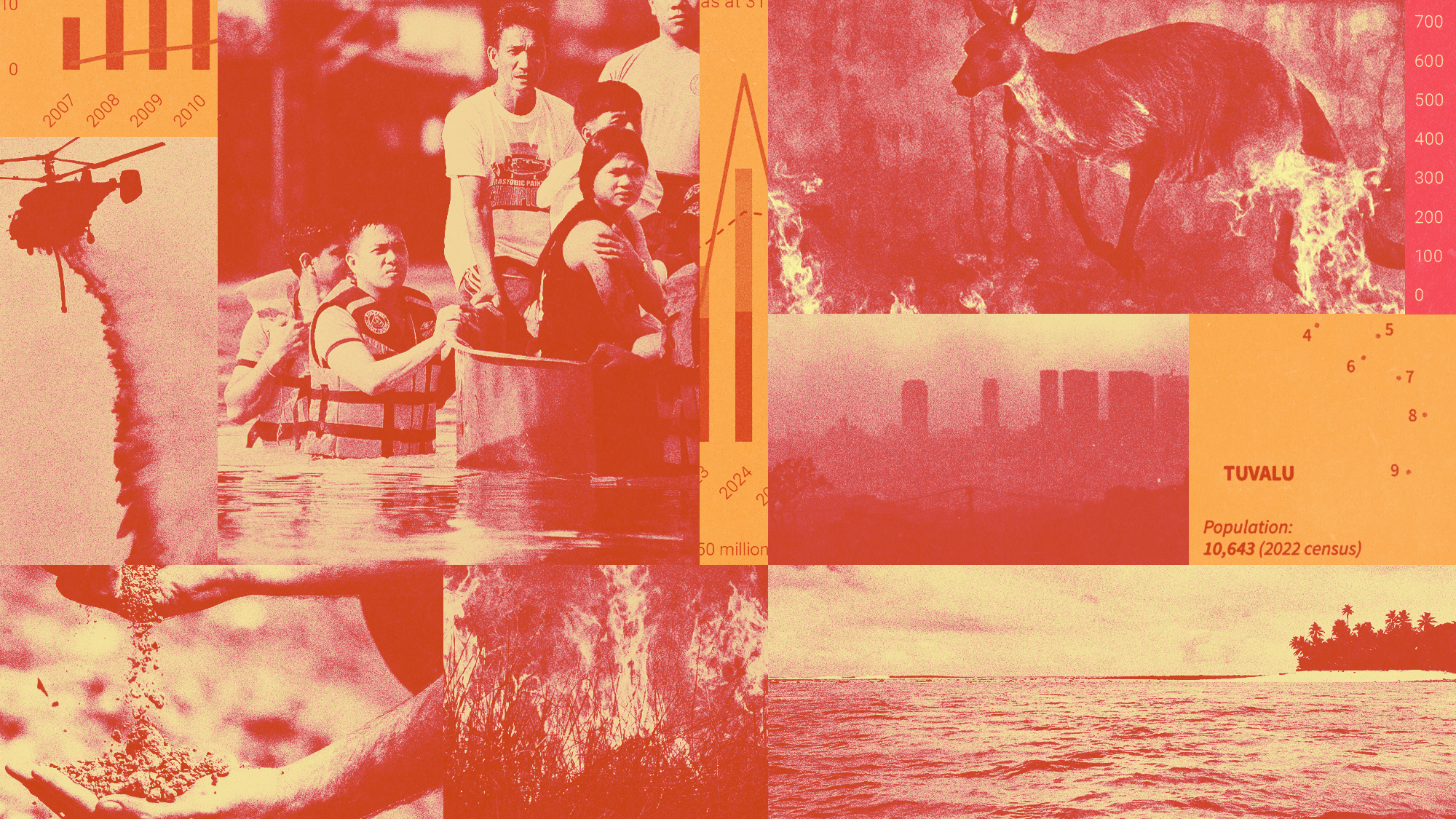 Can the world adapt to climate change?
Can the world adapt to climate change?Today's Big Question As the world gets hotter, COP30 leaders consider resilience efforts
-
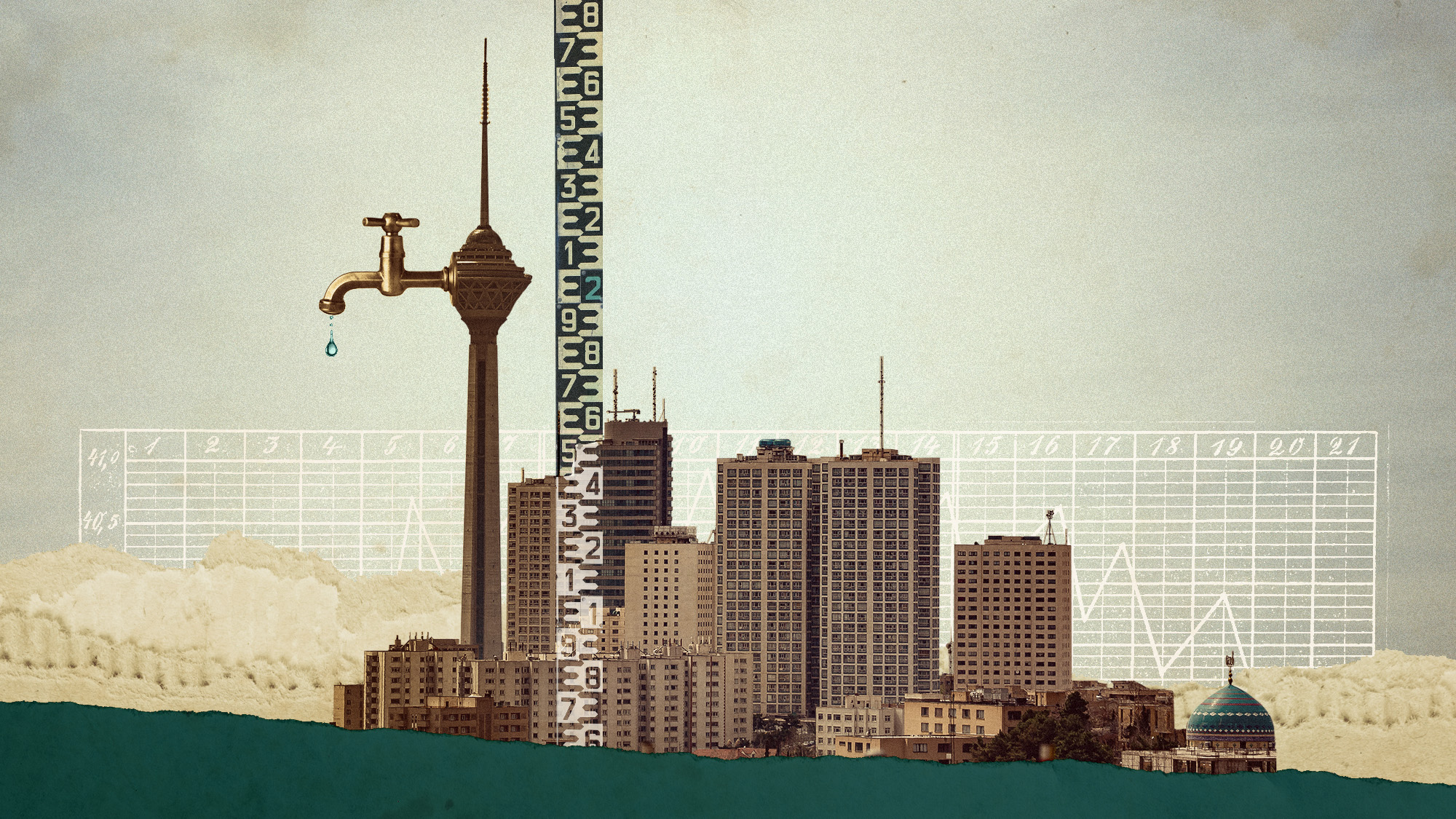 Taps could run dry in drought-stricken Tehran
Taps could run dry in drought-stricken TehranUnder the Radar President warns that unless rationing eases water crisis, citizens may have to evacuate the capital



